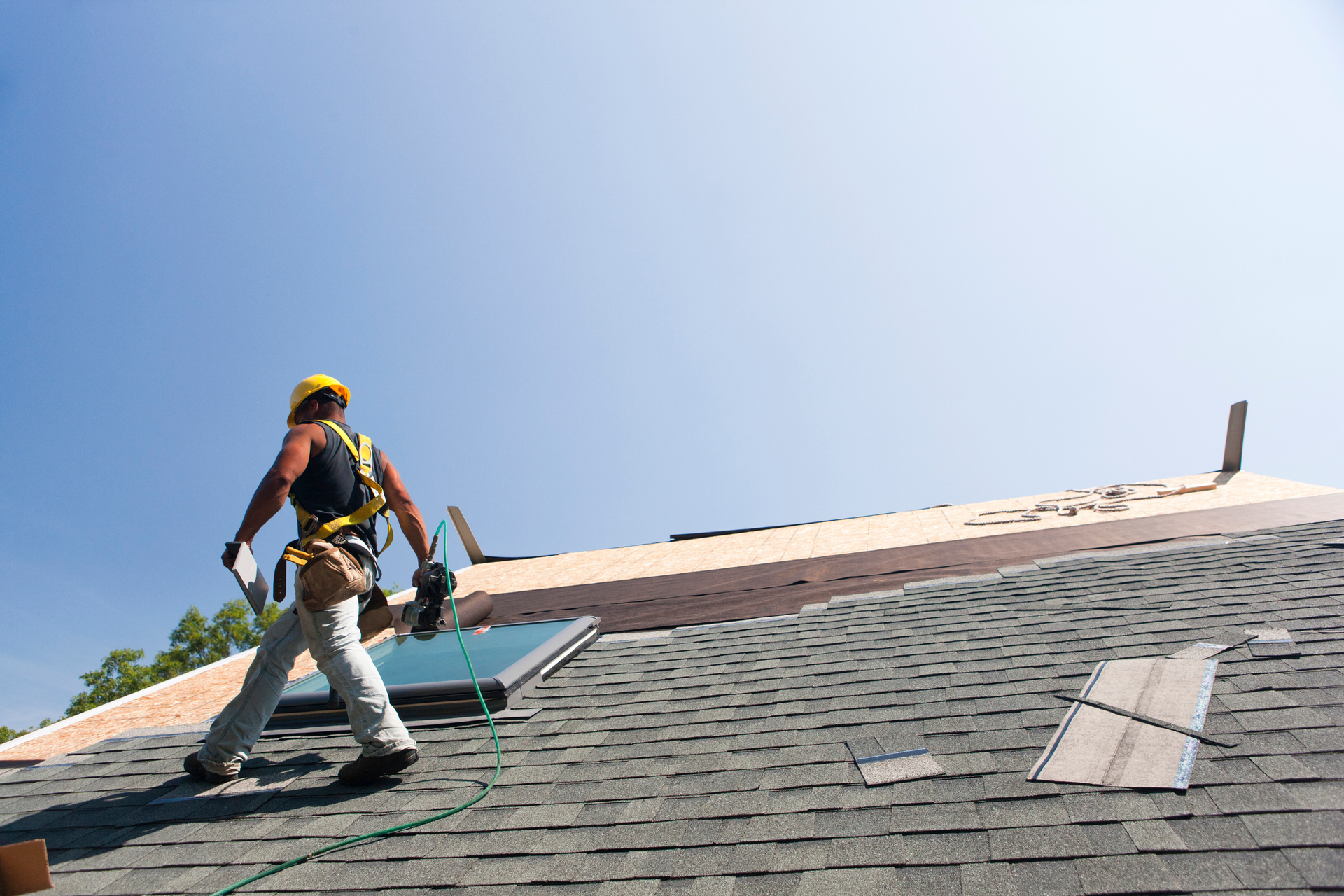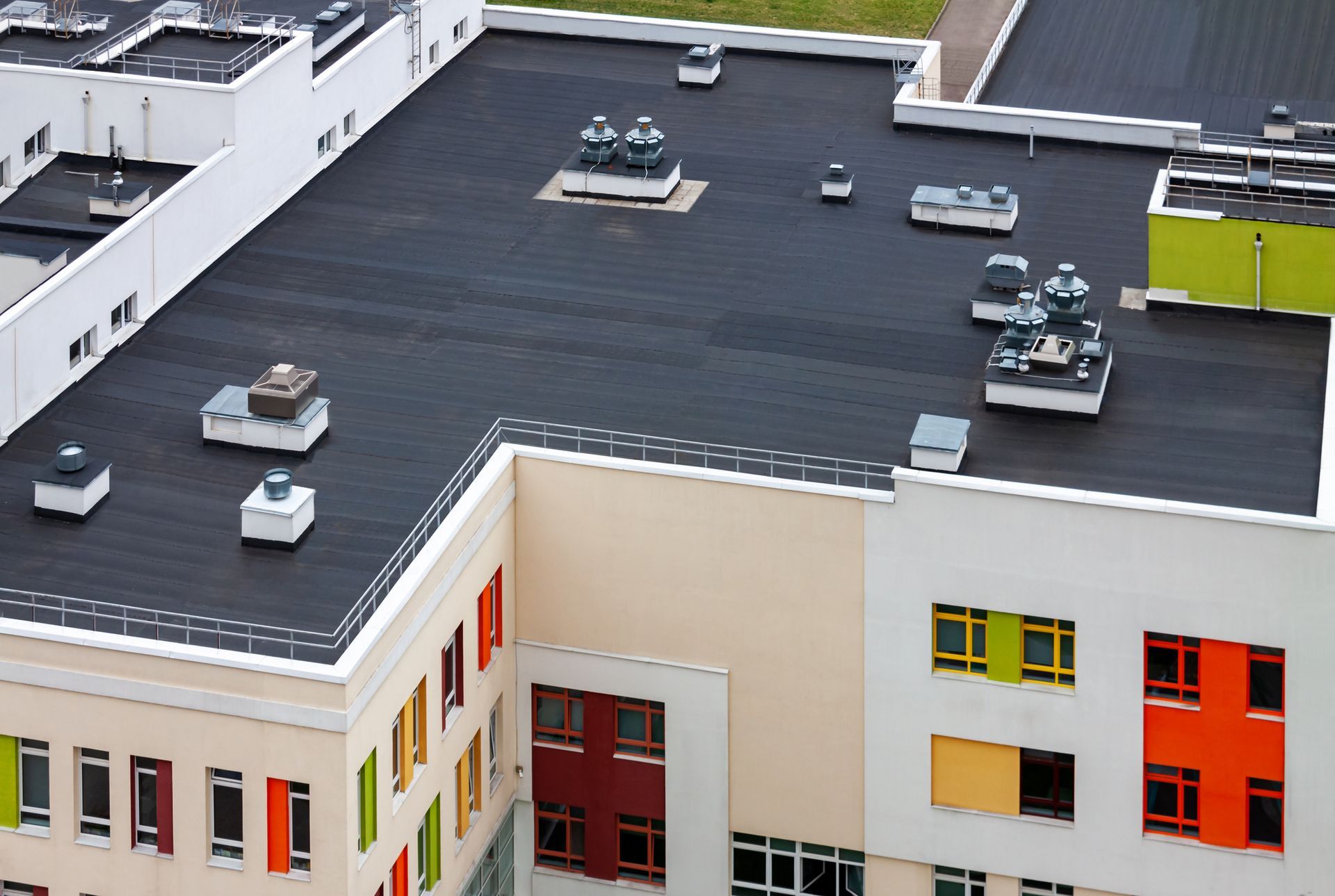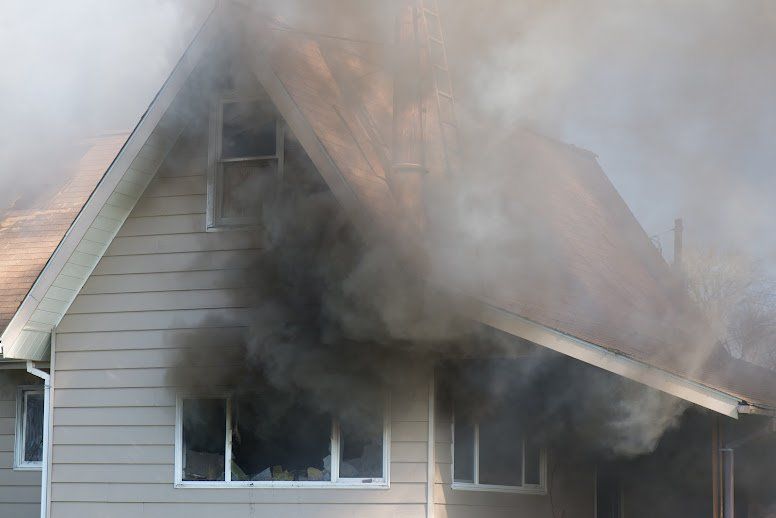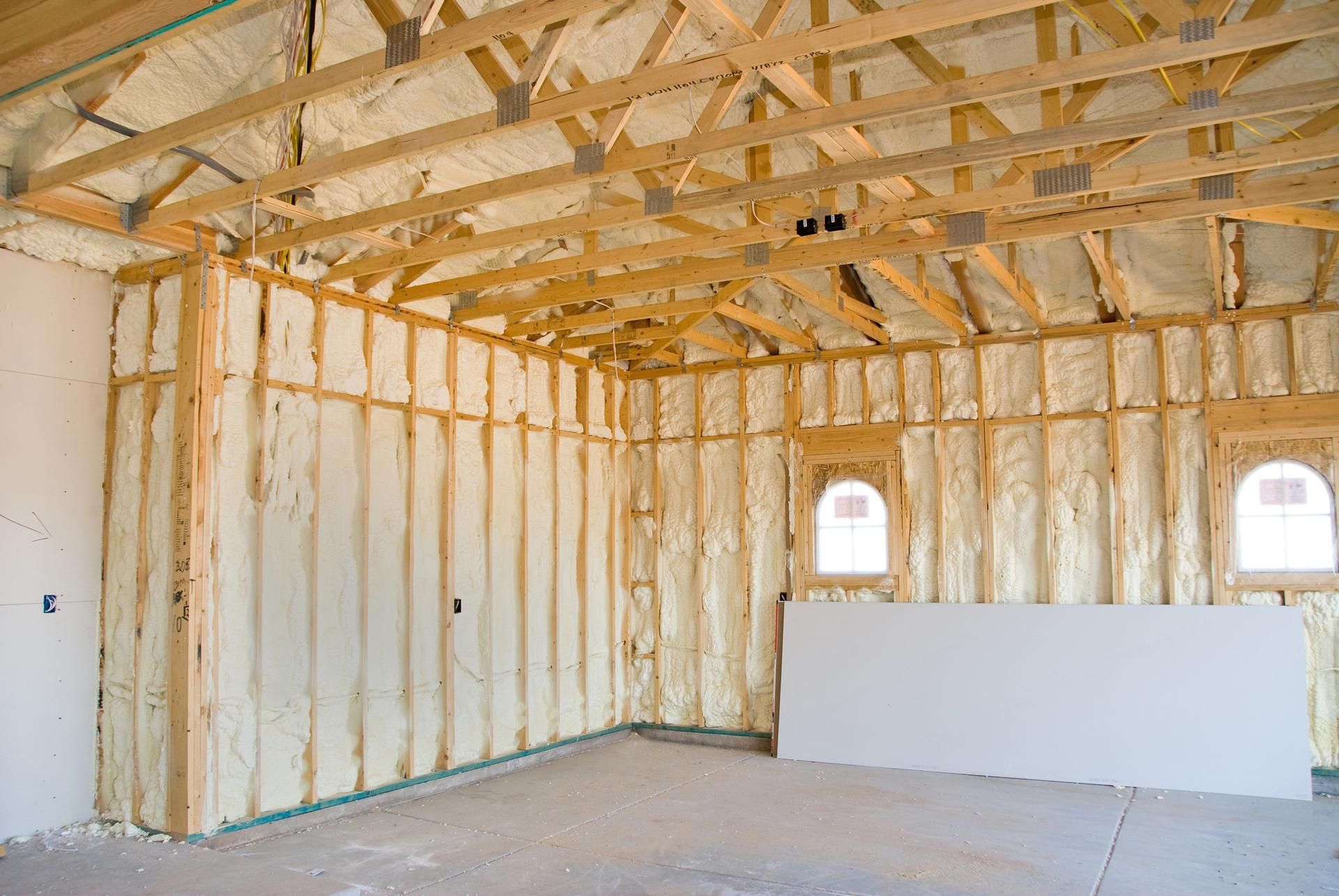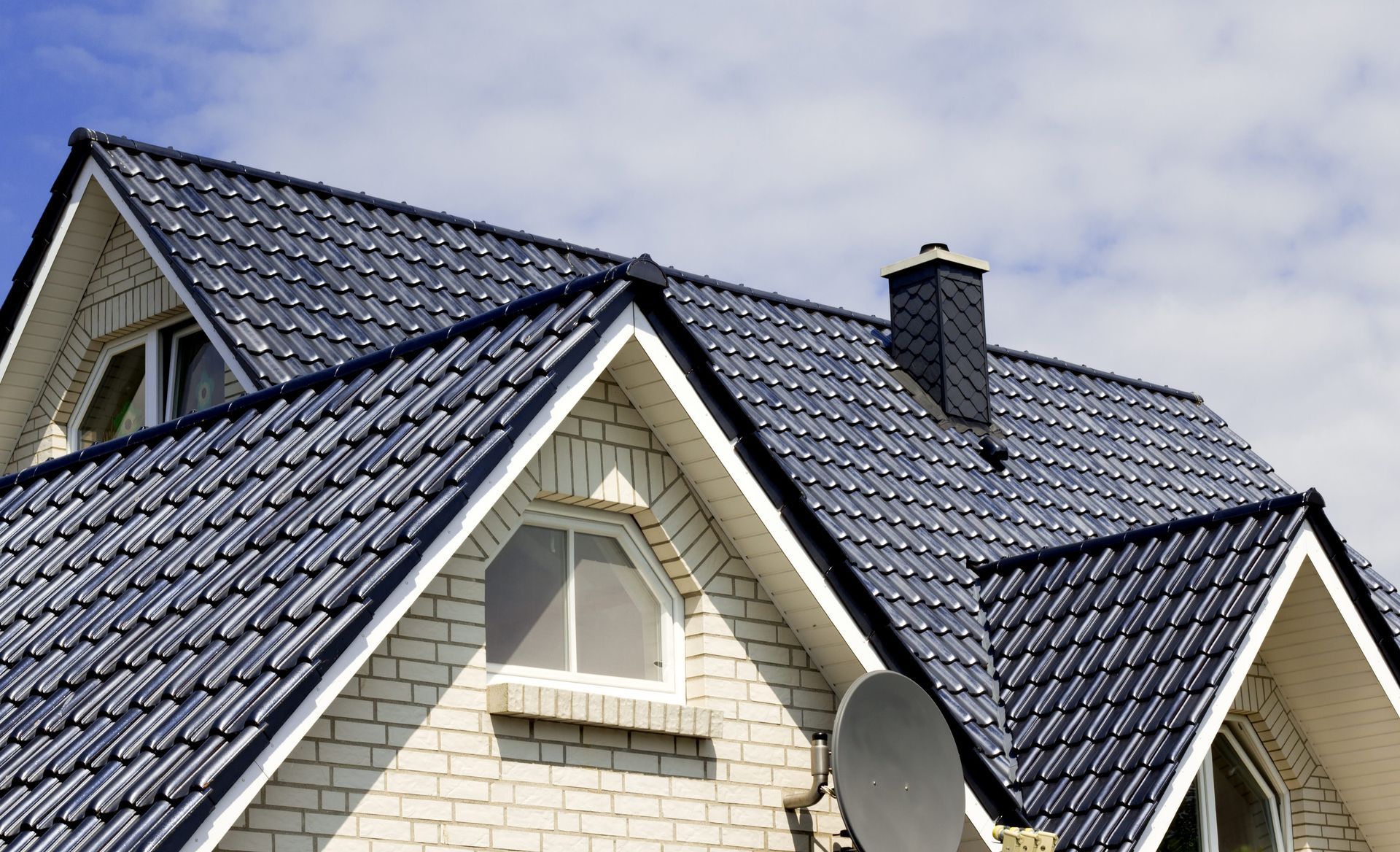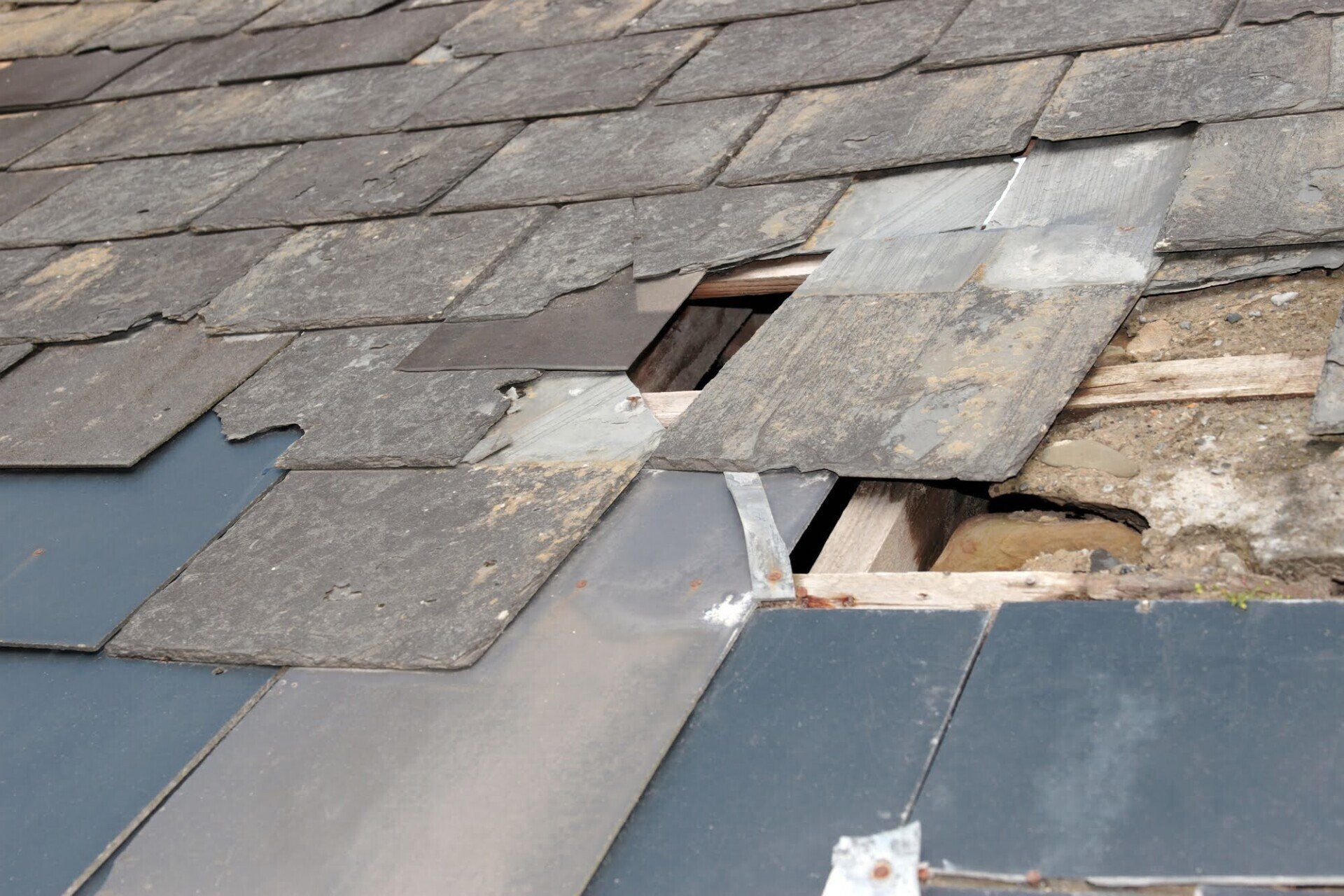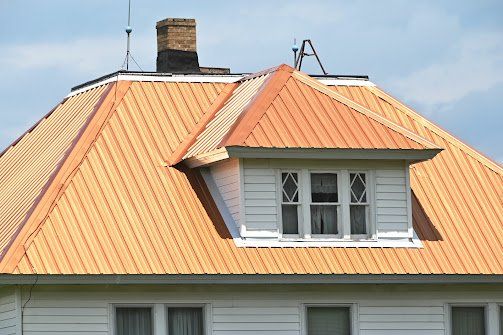Why Flat Roofs Need That Extra TLC
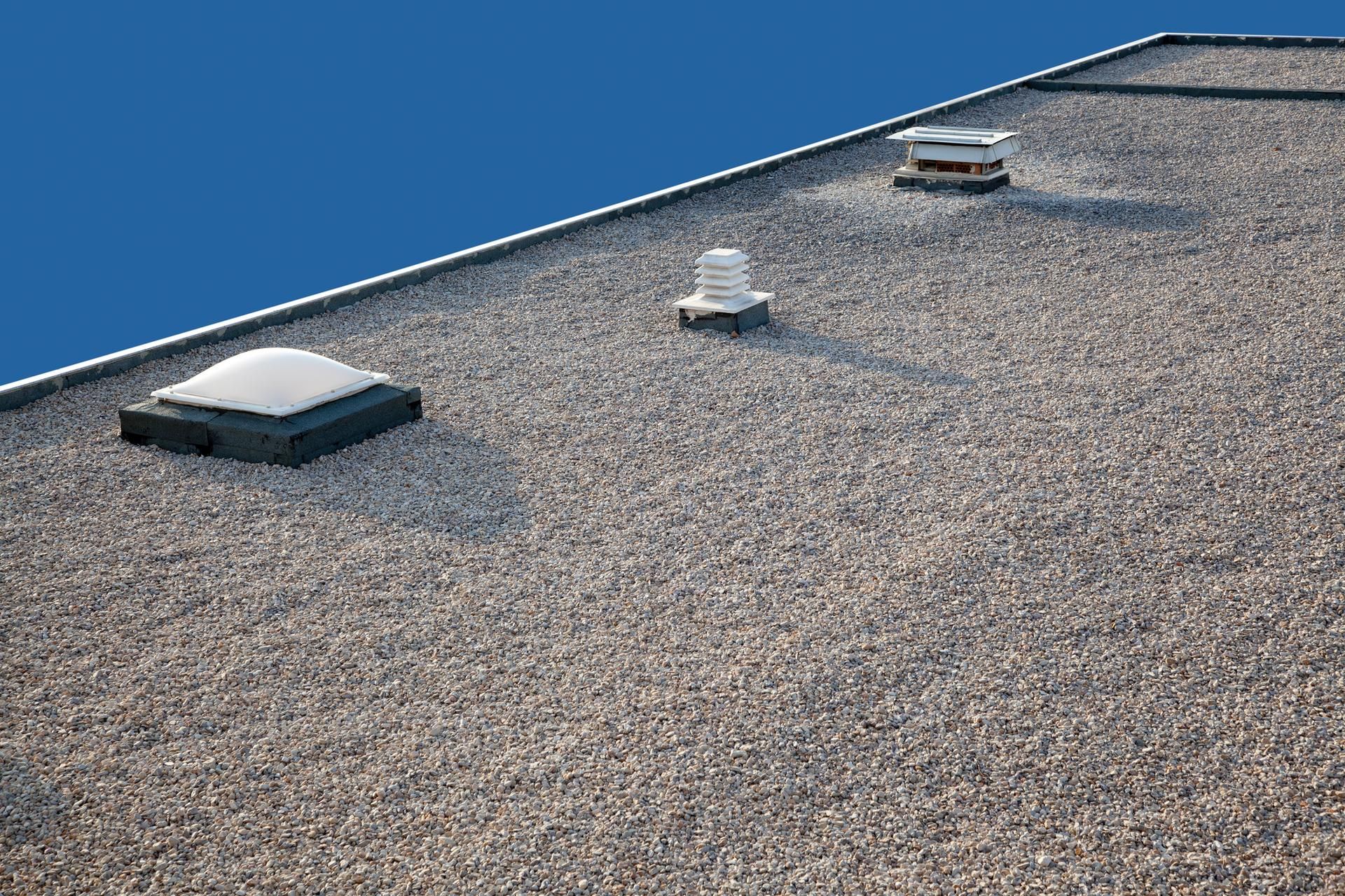
With their unique charm and architectural appeal, flat roofs have always been a popular choice for homeowners who crave a touch of modernity. However, these horizontal havens are not without their quirks. Unlike their sloped counterparts, flat roofs shoulder a unique set of responsibilities when it comes to maintenance and care.
Neglecting these duties can lead to a cascade of problems that will have your wallet crying out for mercy. So why do flat roofs demand that extra Tender Love and Care, and what happens if they don't get it? This blog post peels back the layers of this roofing conundrum and uncovers the reasons behind the high-maintenance reputation of flat roofs to help you stay ahead of any problems.
Drainage
Flat roofs don't have the natural slope that traditional sloped roofs have. As a result, water does not always drain away as efficiently. It instead pools in the middle and stagnates, which can cause structural damage and leaks.
The pooled water also adds weight to the roof, which can weaken its structural integrity and put it at risk of collapse. Plus, wet conditions can lead to the growth of mold and mildew, which can weaken the roof's waterproofing qualities.
To address this problem, you'll need to make sure your flat roof has adequate drainage systems that help direct water off of the surface. The roof surface also needs to be slightly sloped downward so water can run off. You may need to install additional drainage points, such as gutters and downspouts, to help redirect more water away from the roof.
You also need to keep your flat roof clear of debris such as dirt, leaves, twigs, or other organic matter. These things can clog up the roof's gutters and downspouts, which prevents water from draining properly and leads to pooling. But if you regularly have to clean out blocked gutters or downspouts, it may be a good time to look into installing a new drainage system that can handle the extra water.
Weight Load
Flat roofs are not only responsible for carrying rain and snow, but they also need to withstand the weight of heavier objects such as air conditioning units or solar panels. This is especially important if your flat roof is directly below a second story or higher. The extra weight of these items can cause the roof membrane to stretch and sag, leading to more damage as time goes on.
Depending on the building's age, the roof's structure may not have been designed to hold this additional weight. This is why it's important to employ a professional roofer who can assess your flat roof's current condition and identify any present weak points. They can also recommend modifications or reinforcements if needed, such as adding additional supports to the truss system.
They might also recommend that you spread the weight across several points to reduce the strain on any one area. This should help keep your roof in better shape for longer and reduce the chances of structural damage.
UV Radiation
Flat roofs are more exposed to the sun compared to traditional sloped roofs, making them more susceptible to UV radiation damage. Over time, this can cause the roof to break down and crack, especially in areas that receive direct sunlight. This can leave the roof vulnerable to leaks and water damage that isn't always easy to detect on time.
You'll need to invest in a good quality protective coating that can keep your roof safe from the elements. Asphalt emulsion or acrylic-based coatings offer the best protection against UV rays and other sources of weathering. These coatings also help to reduce the effects of extreme temperature changes, as they contain pigments that reflect the sun's rays.
Keep in mind that you will eventually need to reapply the protective coatings as time goes by to maintain their effectiveness. Talk to us at All American Roofing Incorporated to find out how often you should perform these maintenance intervals and what else you can do to keep your flat roof in top shape.


